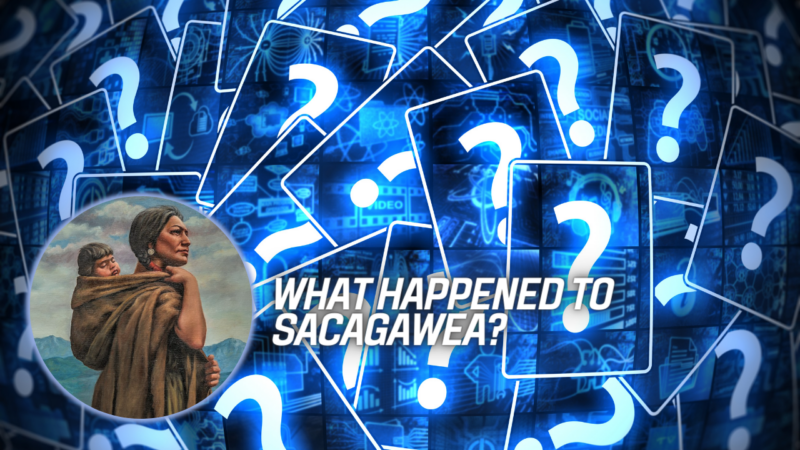What Happened to Epinions?
In the early days of the internet, user-generated content was a novel concept. Websites like Epinions emerged as pioneers in the field, allowing users to share their opinions and reviews on various products and services. However, as time went on, Epinions faced numerous challenges and eventually faded into obscurity. So, what happened to Epinions?
Epinions was founded in 1999 by Naval Ravikant and Mike Speiser. The website aimed to create a platform where users could write reviews and share their experiences with others. It quickly gained popularity, attracting a large user base and becoming one of the go-to destinations for product reviews.
One of the key factors that contributed to Epinions’ initial success was its unique revenue-sharing model. The website offered its users the opportunity to earn money by writing reviews. This incentivized users to contribute high-quality content and attracted a diverse range of opinions. Epinions would then generate revenue through advertising and share a portion of it with the reviewers.
However, as the internet landscape evolved, Epinions faced several challenges that ultimately led to its decline. One of the main issues was the rise of social media platforms. Websites like Facebook and Twitter gained immense popularity, shifting the focus of user-generated content from dedicated review platforms to social networks. Users found it more convenient to share their opinions and experiences on these platforms, where they could reach a wider audience and engage in real-time conversations.
Another challenge that Epinions faced was the increasing competition in the online review space. As the concept of user-generated content gained traction, numerous other websites emerged, offering similar services. Websites like Yelp and TripAdvisor gained significant market share, attracting both users and businesses. These platforms focused on specific niches, such as restaurants or travel, and provided more comprehensive information and features compared to Epinions.
Additionally, Epinions struggled to adapt to the changing needs and expectations of its users. The website’s interface and design remained relatively unchanged over the years, while competitors continuously improved their platforms and introduced new features. Epinions failed to keep up with the evolving user demands, leading to a decline in user engagement and ultimately, its downfall.
Furthermore, Epinions faced criticism regarding the reliability and authenticity of its reviews. As the website grew in popularity, some users started to question the credibility of the reviews posted on the platform. Accusations of fake reviews and biased opinions tarnished Epinions’ reputation and eroded trust among its user base. This further contributed to the decline in user activity and the website’s overall relevance.
In 2003, Epinions attempted to revamp its business model by transitioning from a revenue-sharing model to a paid subscription model. The website introduced a premium membership option, offering additional benefits and exclusive content to subscribers. However, this move was met with mixed reactions from users, and many were unwilling to pay for a service that they had previously enjoyed for free. The transition to a paid model further alienated users and accelerated the decline of Epinions.
In 2003, Epinions was acquired by Shopping.com, an online shopping comparison website. The acquisition aimed to leverage Epinions’ user-generated content to enhance the shopping experience on Shopping.com. However, the integration of Epinions into Shopping.com proved to be challenging, and the website gradually lost its identity and distinctiveness.
By 2014, Epinions had become a mere shadow of its former self. The website’s user base had significantly dwindled, and its influence in the online review space had diminished. In April 2014, Epinions officially shut down, marking the end of an era for user-generated content platforms.
The decline of Epinions serves as a cautionary tale for online platforms that fail to adapt to changing user preferences and market dynamics. The rise of social media, increasing competition, and the failure to innovate ultimately led to Epinions’ demise. However, the legacy of Epinions lives on, as it paved the way for future review platforms and highlighted the importance of credibility and user trust in the world of online opinions.







